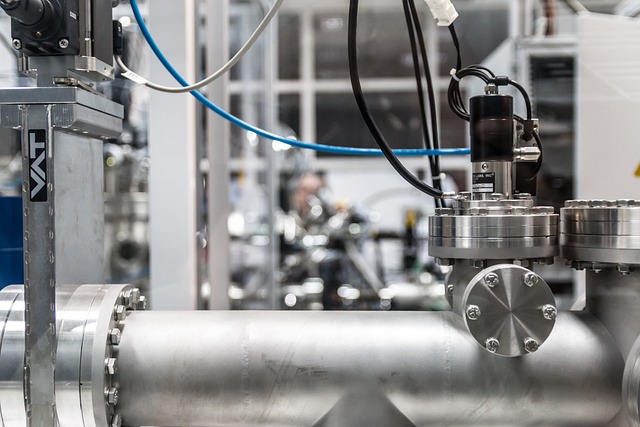Trenchless technology has revolutionized sewer line maintenance by offering less invasive and more efficient repair methods compared to traditional excavation. Techniques like pipe bursting and sliplining (CIPP) allow plumbers in Harrisburg to repair or replace damaged sewer lines with minimal surface disruption, preserving landscapes and reducing the impact on daily life. These trenchless approaches are cost-effective in the long term, as they extend the lifespan of pipes and decrease the frequency of repairs. Trenchless methods are environmentally friendly, minimizing soil erosion and conserving water. They also facilitate quicker repair times with less noise and mess, making them a preferred choice for both homeowners and municipalities. When issues with sewer lines arise, professional plumbers use video camera inspections to accurately diagnose problems before deciding on the best trenchless solution—either pipe bursting or sliplining. This ensures effective repair, minimal property disturbance, and a durable, long-lasting fix. Skilled plumbers execute these methods using specialized equipment for precise placement of new piping, ensuring optimal results with trenchless technology.
When confronted with the need for sewer line repairs, homeowners and municipalities alike face a critical decision. The evolution of trenchless technology has transformed this traditionally disruptive task into a minimally invasive process. This article delves into the benefits and practicalities of utilizing trenchless technology for sewer line maintenance, guiding readers through each stage of the repair process, from initial assessment to post-repair care. We’ll explore the role of professional plumbers in implementing these advanced solutions, compare costs with traditional methods, and examine environmental and urban advantages. With case studies highlighting successful repairs and insights into future innovations, this comprehensive guide ensures homeowners make informed choices about their sewer line needs.
- Understanding Sewer Line Repairs with Trenchless Technology
- The Advantages of Trenchless Sewer Line Repair Over Traditional Methods
- How Trenchless Technology Works in Sewer Line Maintenance
- Assessing Your Sewer Line: When to Opt for Trenchless Solutions
- Step-by-Step Process of Trenchless Sewer Line Repair
Understanding Sewer Line Repairs with Trenchless Technology
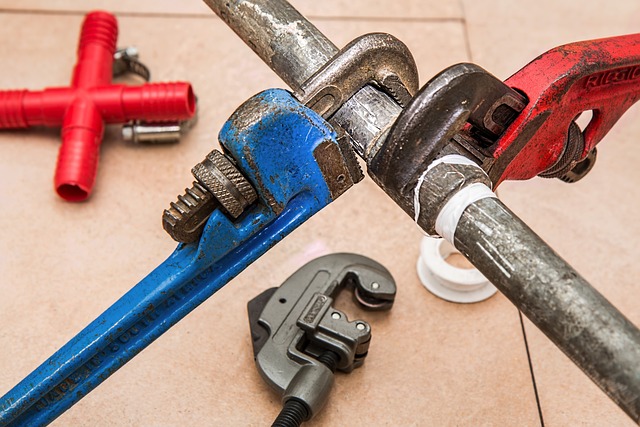
When considering the necessity for sewer line repairs, homeowners and municipalities alike are increasingly turning to trenchless technology as a sophisticated and less invasive solution. This modern approach to underground pipe repair or maintenance is a game-changer in the field of plumbing infrastructure upkeep. Unlike traditional repair methods that require extensive digging and excavation, trenchless technology allows for repairs to be conducted beneath the surface without disrupting the landscape above. This means homeowners can avoid the costly and time-consuming process of digging trenches across their property.
Trenchless technology employs advanced techniques such as pipe bursting or sliplining to repair, replace, or maintain sewer lines. Pipe bursting involves using a bursting head to break up the existing pipeline while simultaneously pulling a new one into place. This method is particularly effective for sewer lines that are severely damaged or have become obstructed over time. On the other hand, sliplining, also known as pipe lining, involves inserting a new pipe within the old one, which can rehabilitate existing pipes without the need for complete excavation. Both methods require the expertise of specialized plumbers who are trained in these trenchless techniques to ensure the integrity and functionality of the repaired sewer lines. These professionals not only save time and resources but also minimize environmental impact and the inconvenience caused to residents and businesses during the repair process.
The Advantages of Trenchless Sewer Line Repair Over Traditional Methods
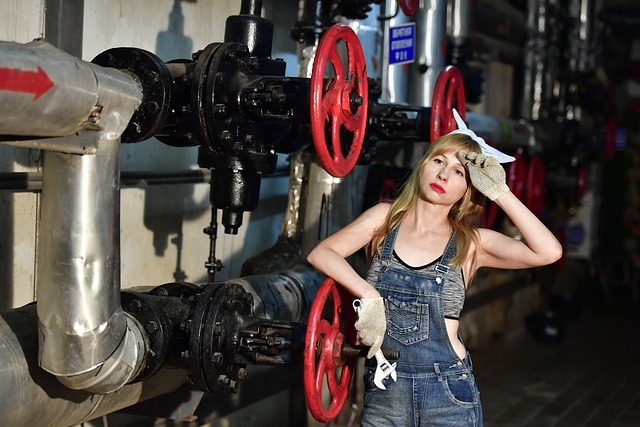
Trenchless sewer line repair has emerged as a game-changer in the plumbing industry, offering several advantages over traditional excavation methods. For property owners and municipalities alike, this advanced technique significantly minimizes disruption to daily activities and landscapes. Unlike conventional repairs that require large trenches to access and replace damaged pipes, trenchless methods allow for pinpoint precision. This means less digging, fewer environmental disturbances, and quicker project completion times. The trenchless process, which includes methods like pipe bursting and pipe lining, can repair or replace sewer lines without compromising the structural integrity of the existing infrastructure. Moreover, these techniques are cost-effective in the long term, as they extend the lifespan of sewer lines and reduce the likelihood of future repairs. Plumbers trained in trenchless technology can efficiently address issues within the sewer system, ensuring functionality and safety with less inconvenience to homeowners and businesses. The environmental benefits are also substantial, as trenchless repair methods help preserve natural habitats, reduce soil erosion, and conserve water resources by minimizing the loss associated with traditional open-cut excavation practices. Overall, trenchless sewer line repair is a smart, eco-friendly, and economical solution that plumbers widely endorse for its multitude of benefits over outdated methods.
How Trenchless Technology Works in Sewer Line Maintenance
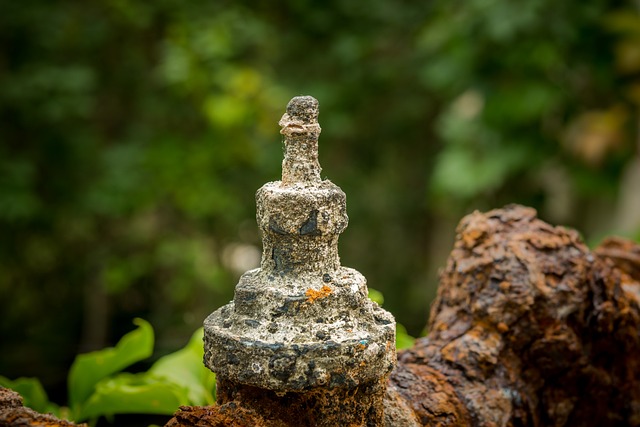
When a community’s sewer lines require maintenance or repairs, trenchless technology offers a modern, efficient, and less disruptive solution compared to traditional excavation methods. This advanced technique allows for the repair or replacement of sewer pipes beneath the ground without the need for extensive surface digging, which historically caused significant disruptions to traffic, businesses, and daily life. Trenchless technology utilizes a system of access points, known as launch and reception pits, where a plumber will insert a new pipe or repair existing ones using a variety of methods such as pipe bursting or slip lining.
Pipe bursting involves pulling a bursting head through the old pipeline, which hydraulically fractures the existing line and simultaneously pulls a new high-density polyethylene (HDPE) pipe into its place. This method not only repairs the sewer line but also upgrades the infrastructure with a newer, more durable pipe. Slip lining is another approach where a fiberglass or HDPE tube is inserted into the old pipeline. A liquid epoxy resin is then pumped through the tube, soaking the liner and hardening it into place, effectively restoring the inner walls of the sewer line and sealing any joints or cracks that may have caused leaks or blockages. Both methods significantly reduce the time required for repairs, minimize environmental disturbance, and allow businesses and residents to continue with minimal interruption. The expertise of a skilled plumber is crucial in selecting the appropriate trenchless method based on the specific conditions of the sewer line infrastructure. This ensures the best possible outcome for the repair, maintenance, or replacement of sewer lines using trenchless technology.
Assessing Your Sewer Line: When to Opt for Trenchless Solutions
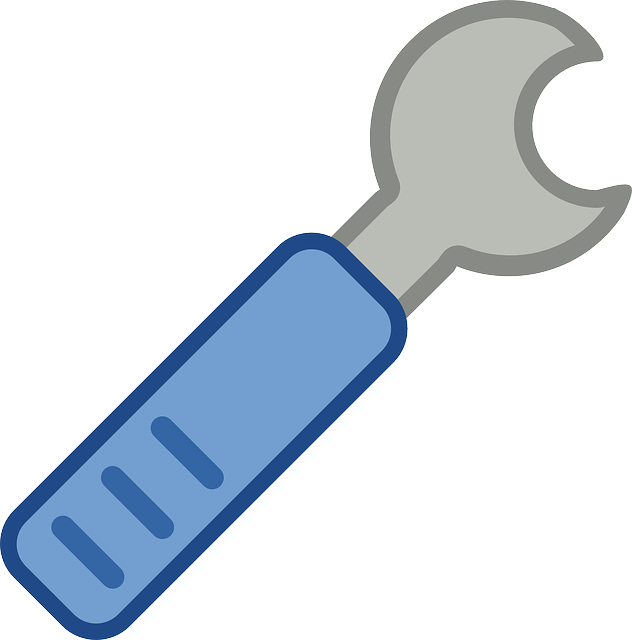
When encountering issues with your sewer line, it’s crucial to evaluate the situation thoroughly before deciding on a repair method. Sewer line malfunctions can range from minor leaks to significant blockages that require immediate attention. A professional plumber will first conduct a comprehensive assessment using diagnostic tools such as video cameras to inspect the interior of the pipes. This non-invasive procedure allows for pinpointing the exact location and extent of the damage without disrupting your property. If the damage is confined to a small section, trenchless technology might be the most efficient and cost-effective solution. Trenchless repairs, such as pipe lining or bursting, allow plumbers to renew your sewer line with minimal excavation. This method is particularly advantageous when the underground infrastructure is complex, or the area above the sewer line is landscaped, developed, or has high traffic. Opting for trenchless solutions not only saves time and reduces the environmental impact but also minimizes the inconvenience caused to homeowners and businesses. It’s a smart choice for those seeking a cleaner, more efficient repair method that preserves your property’s integrity while ensuring a durable and long-lasting solution to your sewer line issues. When it comes to selecting a plumber for trenchless repairs, look for certified experts with experience in this specialized field. They will provide you with detailed information on the process, the benefits of trenchless technology, and guide you through each step to determine if it’s the right fit for your specific situation.
Step-by-Step Process of Trenchless Sewer Line Repair
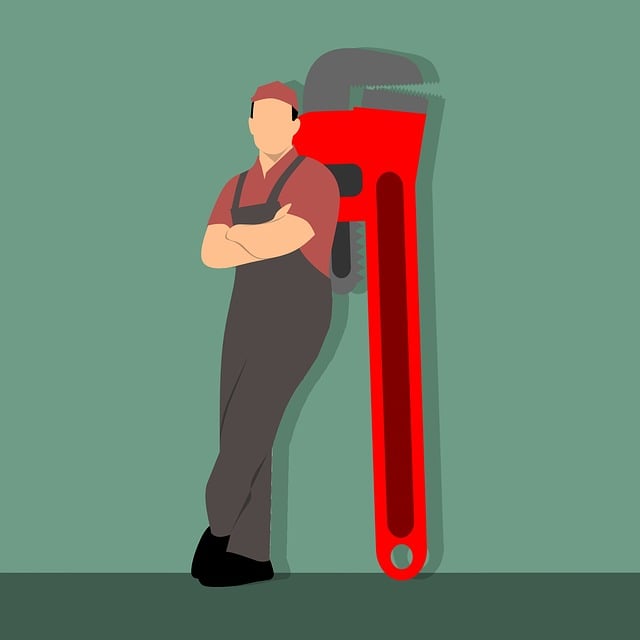
When a community’s sewer lines require maintenance or repair, trenchless technology offers a solution that minimizes disruption and preserves the aesthetic integrity of landscapes. The step-by-step process of trenchless sewer line repair begins with a thorough assessment of the damaged infrastructure through video camera inspections. This diagnostic phase helps plumbers pinpoint the exact location and extent of the damage. Once the issue is identified, plumbers select the appropriate trenchless method: pipe bursting or sliplining. In the former, a bursting head attached to a new pipe breaks the old one apart while simultaneously installing the new pipeline in its place. This method is ideal for severely damaged lines where a complete replacement is necessary. Alternatively, sliplining involves inserting a new pipe within the existing line, which enhances flow and structural integrity without the need for extensive excavation.
After selecting the method, plumbers create two small access points along the sewer line’s length. These entry points are strategically placed to minimize surface disturbance. For pipe bursting, the old pipeline is broken up as the new one is pulled through the ground, hydraulically expanding a flexible tube into the space left by the ruptured original line. This ensures a seamless and durable connection. In sliplining, the new pipe is carefully guided into place using a variety of techniques, including winching or pushing methods, depending on the pipeline’s length and condition. Throughout the process, plumbers use advanced equipment to precisely control the maneuvers, ensuring the new line aligns perfectly with the existing path. Once the new pipeline is successfully installed, it is connected to the main sewer system, restoring full functionality without the need for traditional trench digging. This modern approach not only speeds up repair times but also reduces costs and environmental impact, making it a preferred choice for both residential and municipal plumbing systems.
In conclusion, trenchless technology stands out as a superior solution for sewer line repairs, offering minimal disruption and cost-effectiveness when compared to traditional excavation methods. This advanced approach to sewer maintenance not only preserves landscapes and infrastructure but also ensures efficient service restoration with less time and fewer resources. When faced with the need for sewer line repair, homeowners and municipalities alike should consider consulting professional plumbers well-versed in trenchless technology to ensure a smooth, durable, and effective repair process. By understanding the scope of trenchless solutions and its step-by-step application, individuals can make informed decisions that prioritize both immediate and long-term benefits for their sewer systems and communities at large.
